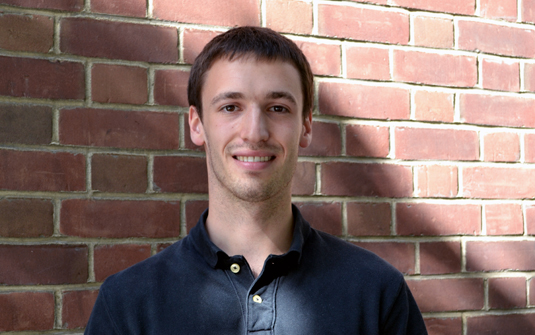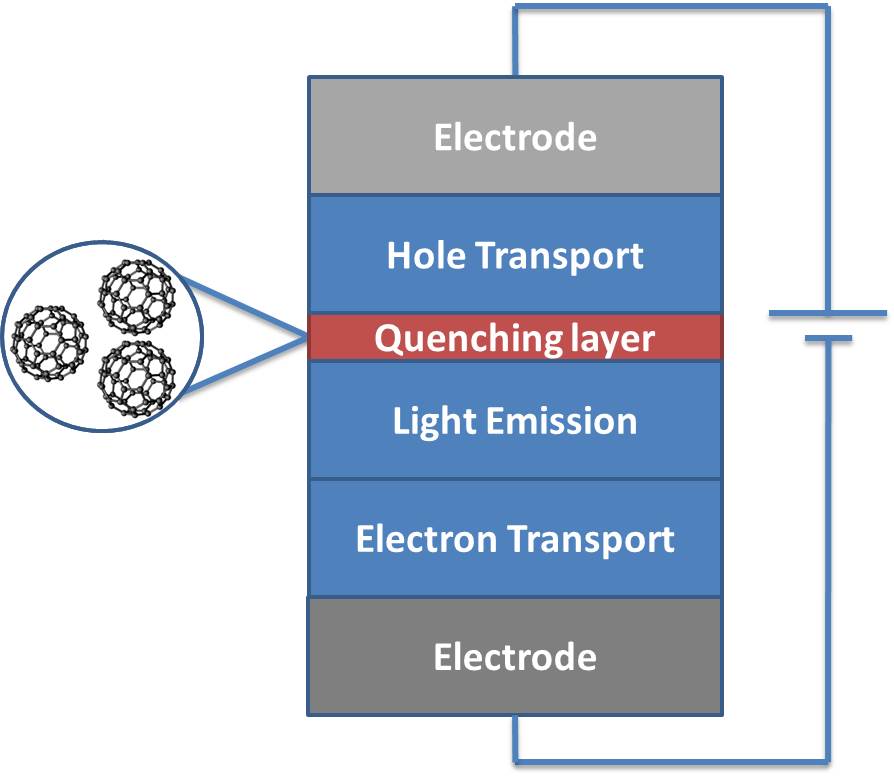MASc candidate Grayson Ingram wins best student poster at the 25th International Conference on Amorphous & Nanocrystalline Semiconductors (ICANS) 2013
[sharexy]

Grayson Ingram | MASc candidate, Organic Optoelectronics Research Group
September 6, 2013
Congratulations to Grayson Ingram, MASc candidate in the U of T Department of Materials Science & Engineering (MSE) for winning Best Student Poster award at the 25th International Conference on Amorphous & Nanocrystalline Semiconductors (ICANS). Held at the University of Toronto this year, this silver anniversary conference marked almost half a century of scientific and technological progress in this field, and drew together scientists and engineers from academia and industry from around the globe.
Ingram’s work, titled “Energy Transfer in Organic Light-Emitting Diodes (OLEDs)” is focused on how to optimize energy potential intended for the device, into optical potential. Specifically, his work revolves around deploying organic molecules that act similarly to common impurities and defects found in traditional OLED devices that absorb energy intended for light in order to understand how these roadblocks hinder their performance.

Ingram is a member of Professor Zheng-Hong Lu’s Organic Optoelectronics Research Group, a well-renowned research team known for their breakthroughs in the world’s most efficient flexible OLED ever built on plastic and other publications in high-impact journals.
“Understanding the physics behind OLED device energy transfer processes contributes to fundamental scientific knowledge that can lead to better device design,” said Professor Lu, who is also the Canada Research Chair in Organic Optoelectronics. “Congratulations to Grayson on achieving this research excellence and recognition.”